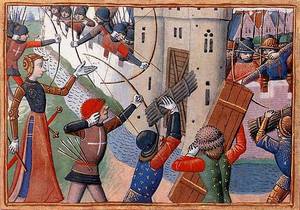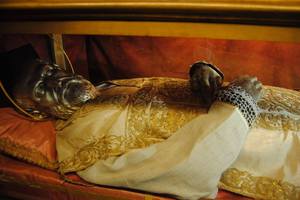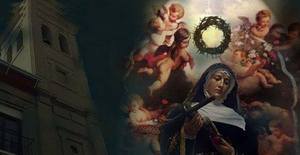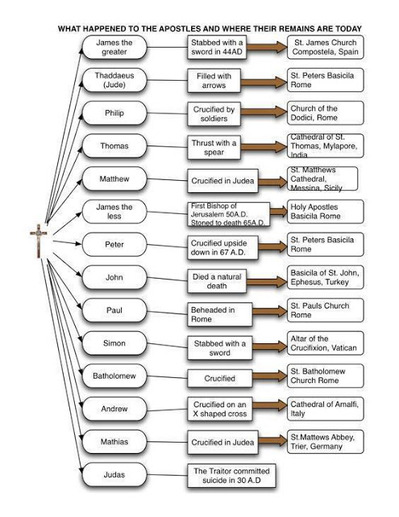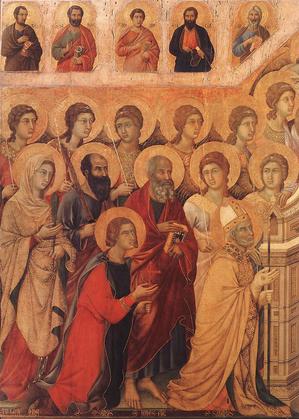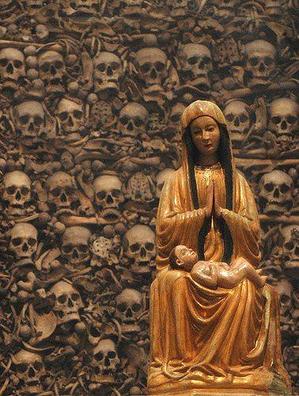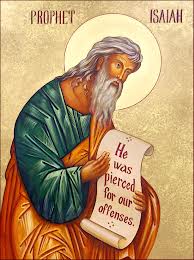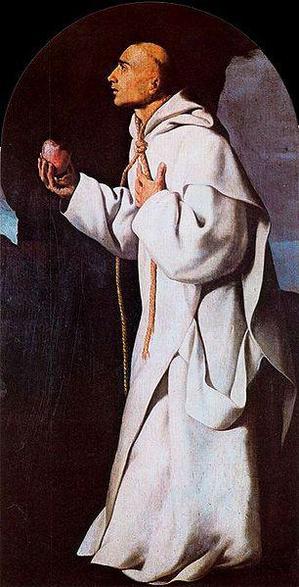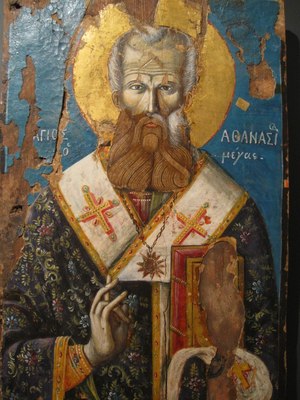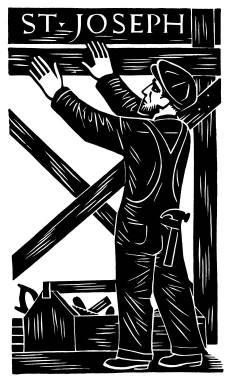
Saints in Connecticut. Relics point to Jesus Christ.
Litchfield County Times' reporter Tom Breen published his "Catholic Retreat Near Mystic Features Severed Arm of Medieval Saint" on May 25, 2013. He writes on the first class relic of Saint Edmund of Canterbury, a renowned English archbishop, in a Mystic, CT, retreat house by the same name.
The infrastructure of holiness rests, in part, with the witness to the promptings of the Holy Spirit. Saints, for those who are Catholic, are men and women who know they are sinners, who have been forgiven, and who know what it means to live the sacred Scriptures. Specifically, they point to Christ as Messiah and say that it is in fact possible for all of us to be saints.
The Church has venerated, not worshiped saints and their relics. As reliable witnesses, the saints to this day point to Jesus. By the second century Christians would pray in the places where the martyrs were buried and/or where they were killed. A human contact is necessary for all of us.
The practice of offering Mass upon the tombs of the saints became normal; when the Christian community expanded, the practice of praying with the saints followed. Devotion ensued and Connecticut has a verifiable saint to honor.
Saint Edmund of Canterbury's feast day is November 16.

